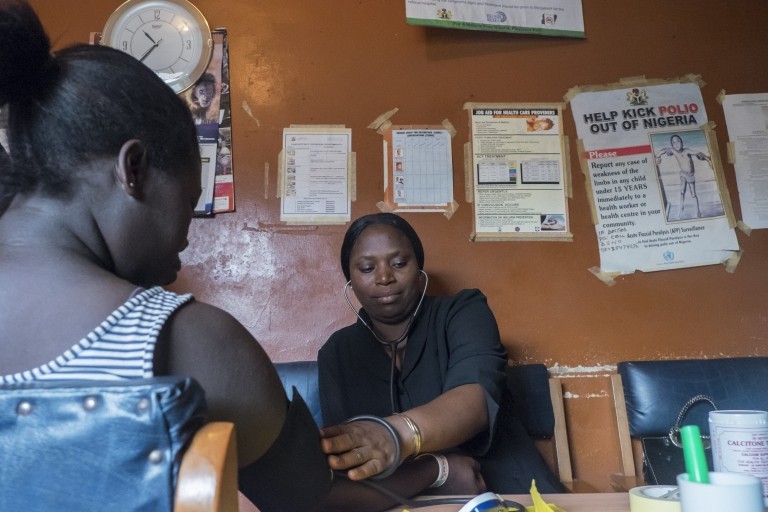Blog
World AIDS Day 2017: To continue progress and end the pandemic, we need a systemic approach

After nearly 40 years of battling with the human immunodeficiency virus that leads to AIDS, the battle is not over. Many strides have been taken. Millions of lives are being saved today that would have been lost 30 years ago. We are making progress. Yet HIV continues to ravage the world’s most needy and vulnerable, especially in developing countries.
Three years ago, UNAIDS set an ambitious goal for 2020—90% of all people living with HIV will know their status; 90% of all people with diagnosed HIV infection will receive sustained antiretroviral therapy; and 90% of all people receiving antiretroviral therapy will have viral suppression.
So, how do we get there?
This pandemic will not go away until we adequately resource a multi-pronged, comprehensive approach to combating the many varied factors affecting individuals, families, communities and the systems in which they live and operate. In the coming years, we will have to use not just one tool from our arsenal, but multiple tools and approaches.
We must address the HIV/AIDS pandemic from within the system in which it is unfolding. This means addressing the medical system within each community/district/province/country to be able to provide culturally competent services for all community members’ needs, from general population men and women and key populations such as sex workers and men who have sex with men to adolescent girls and boys and those who are financially marginalized.
We have to make sure that the culturally competent services are able to not only monitor their patients properly (HIV testing, viral load monitoring, medication side-effects, etc.), but that they first have a routine and steady supply of anti-retroviral medications, the ability to treat potential opportunistic infections, and can mitigate the side effects of all these other medications.
But ensuring that people living with HIV/AIDS (PLWHA) have access to the medical services they need, first requires addressing several barriers to access. These barriers range from the individual level (fear of HIV) and interpersonal level (male partners not allowing female partners to engage) to group and community levels (stigma and discrimination of HIV and/or key populations).
The specific issues will vary from community to community and requires a strong social and behavior change communication effort that builds off solid local knowledge and wisdom.
We also need to support increased access to a host of interrelated systems that support people to thrive and expand their lives.
Research has shown that when people have an increased sense of self-empowerment they are able to make healthier choices. When they have improved economic opportunities, they increase their ability to access services and their stress levels decrease. When girls stay in school and get an education they are less likely to be put in positions of sexual risk. With psychosocial support, individuals can take better care of themselves and make choices that reduce their risk and support their overall wellbeing.
Finally, improved leadership and governance through policies, laws, finance and regulations are crucial—not simply for laying out the procedures to follow, but for creating the means to support the infrastructure and an environment of support, access, rights and quality services.
If we can pull these pieces together in comprehensive and integrated platforms, then we will increase the likelihood that we will be able to reach our 2020 targets.
With this, we will be able to slow new infection rates to near zero and simultaneously support people already infected to live long, healthy lives.